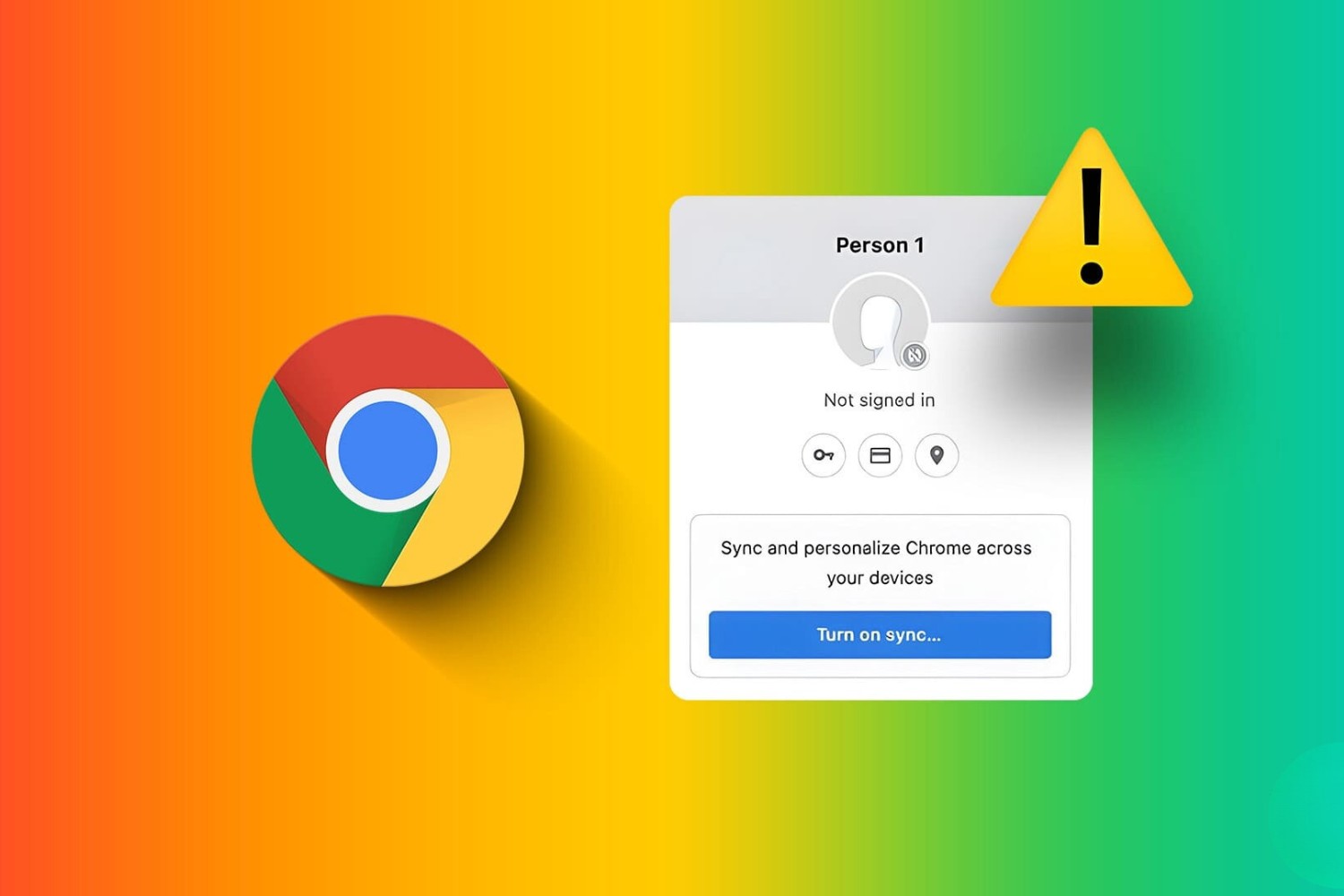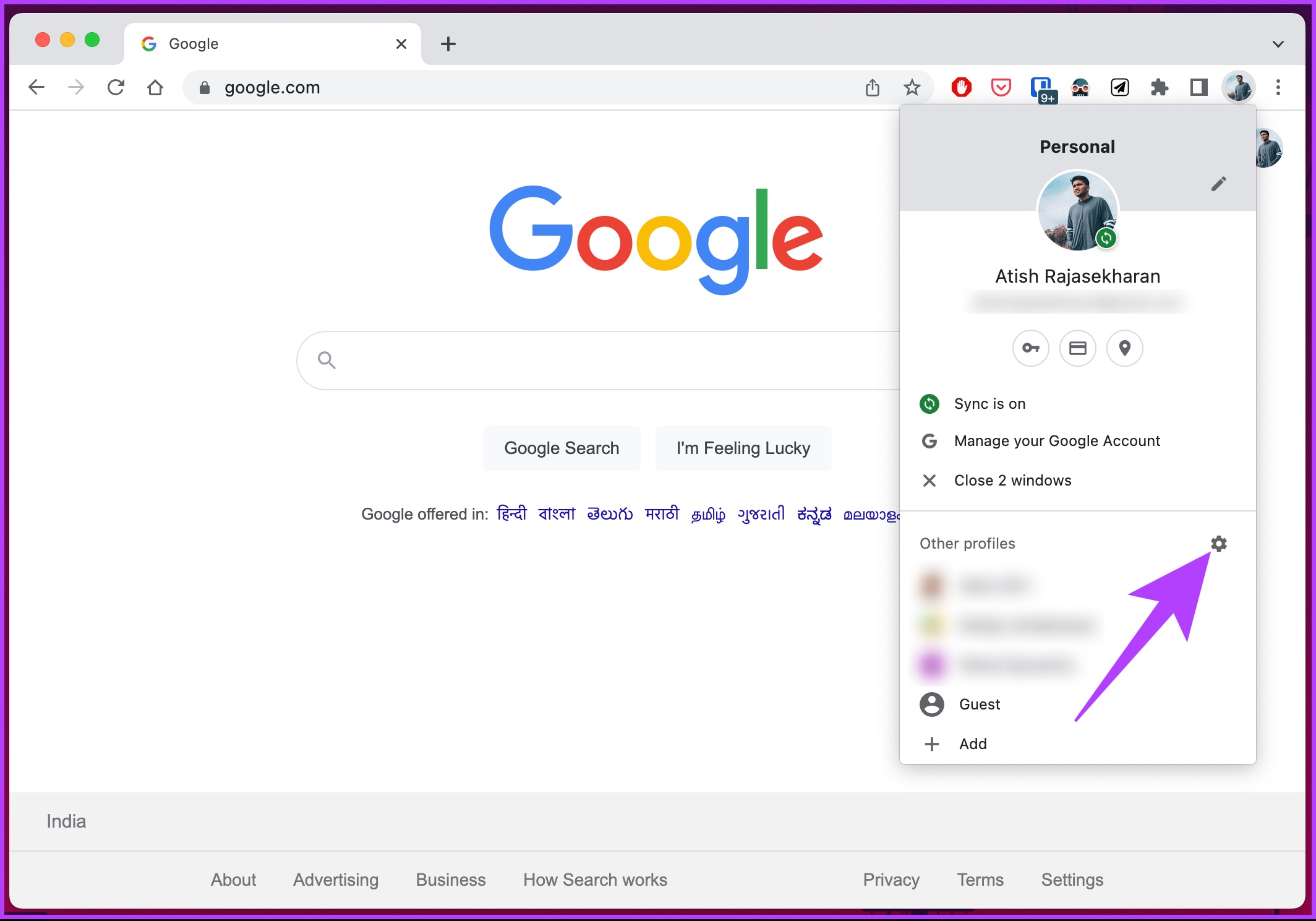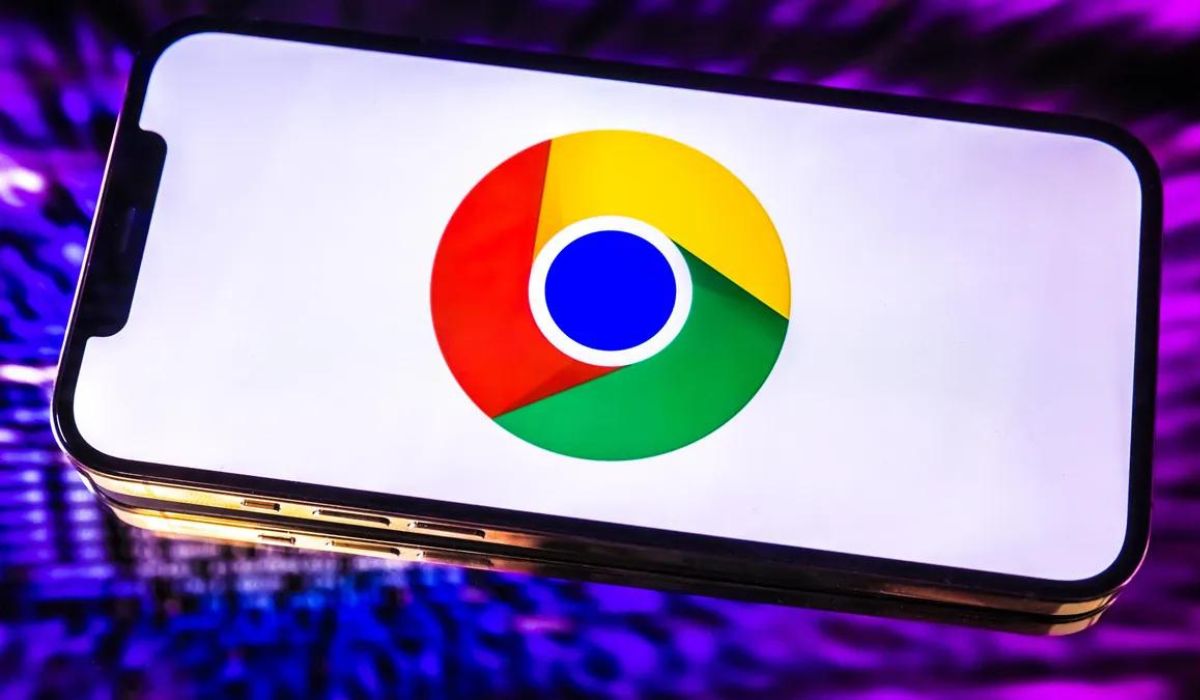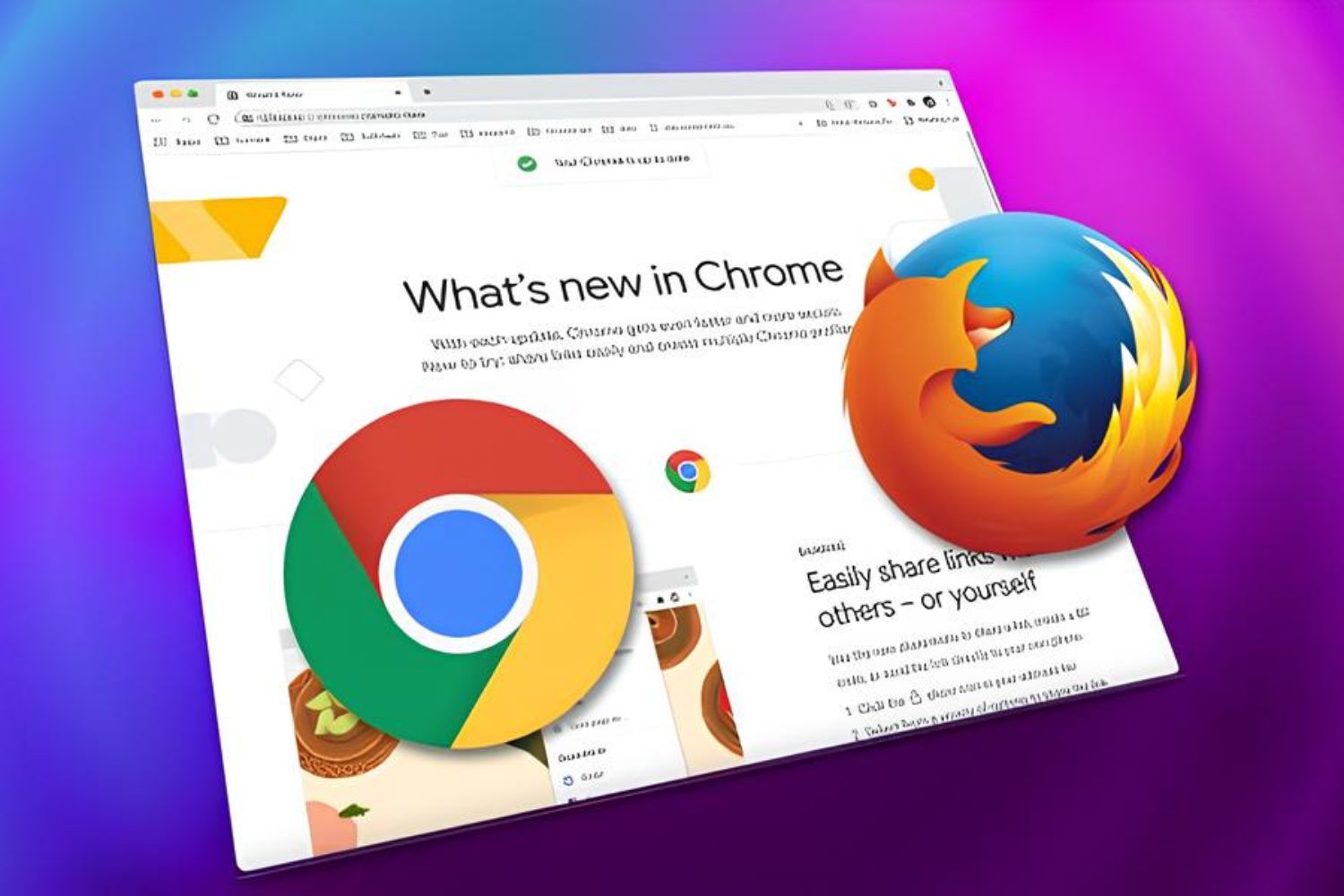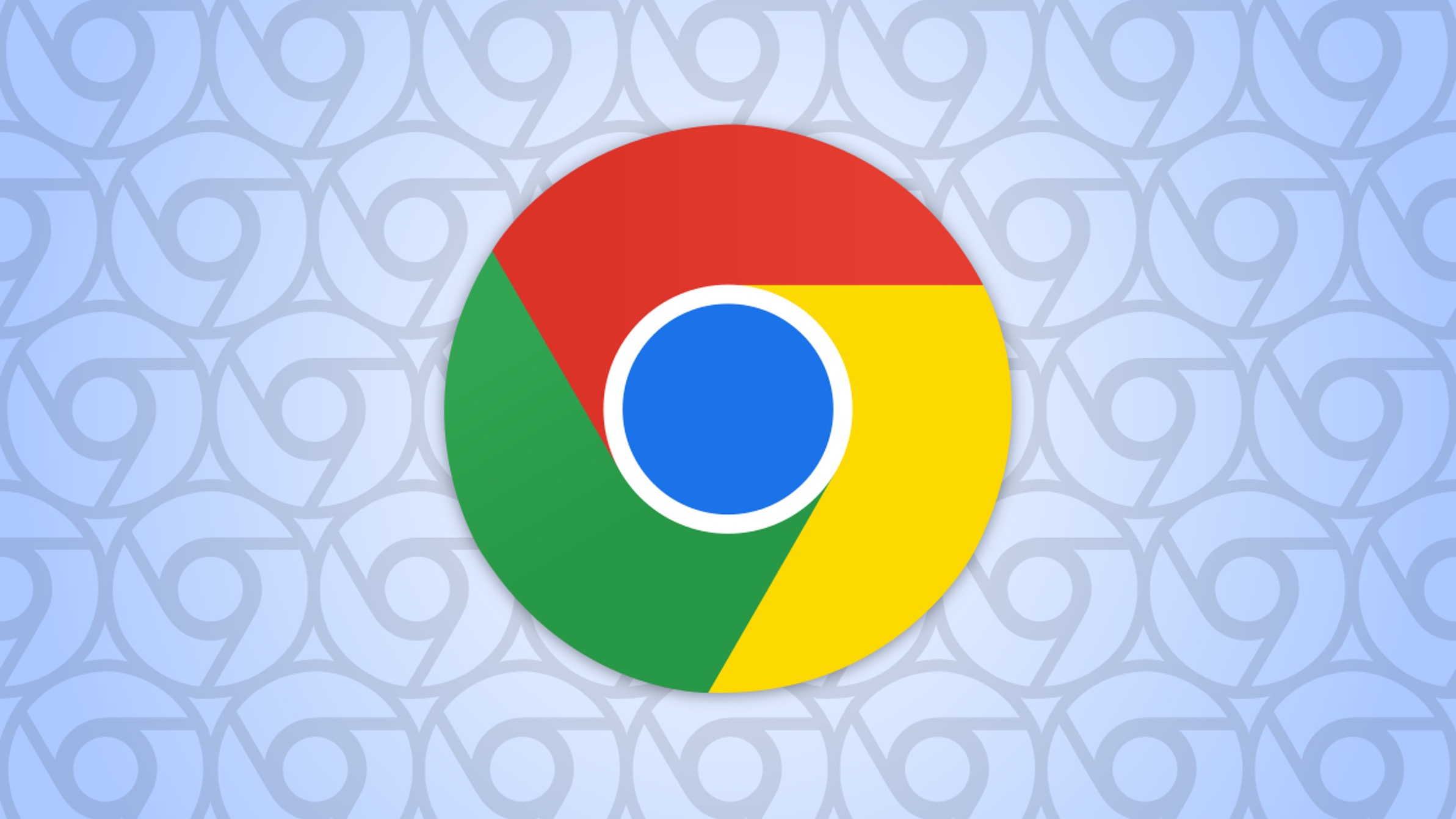Introduction
Synchronization is a vital aspect of modern digital life, enabling seamless access to your browsing data across multiple devices. Google Chrome, one of the most popular web browsers, offers a robust syncing feature that allows users to harmonize their browsing experience across various platforms. By syncing your Chrome browser, you can effortlessly access your bookmarks, browsing history, passwords, and other essential data on any device where you are signed in with your Google account.
In this comprehensive guide, we will walk you through the process of syncing your Google Chrome browser, ensuring that you can enjoy a consistent browsing experience across your desktop, laptop, smartphone, or tablet. Whether you're a seasoned Chrome user or just getting started with this versatile browser, understanding how to sync your data can significantly enhance your productivity and convenience.
By following the steps outlined in this guide, you will gain the ability to seamlessly transition from one device to another without losing access to your essential browsing information. So, let's dive into the process of syncing your Google Chrome browser and unlock the power of unified browsing across all your devices.
Step 1: Sign in to Google Chrome
Signing in to Google Chrome is the foundational step towards unlocking the full potential of browser synchronization. By associating your Google account with Chrome, you establish a secure connection that facilitates the seamless transfer of your browsing data across devices. Here's a detailed walkthrough of the process:
-
Open Google Chrome: Launch the Google Chrome browser on your device. If you haven't already signed in, you will see a profile icon in the top right corner of the browser window.
-
Click on the Profile Icon: Locate and click on the profile icon. This will open a dropdown menu with various options, including "Turn on sync" or "Sign in."
-
Sign in with Your Google Account: If you already have a Google account, click on "Sign in" and enter your credentials (email address and password) to log in. If you don't have a Google account, you can create one by clicking on "Create account" and following the prompts to set up your account.
-
Customize Your Profile: Once signed in, you can customize your profile by adding a profile picture and choosing a display name. This personalization helps you identify your profile when using Chrome on multiple devices.
-
Enable Sync: After signing in, you will be prompted to enable sync. This step is crucial as it allows Chrome to synchronize your browsing data, including bookmarks, history, passwords, and other settings, across all your signed-in devices.
-
Verify Sync Settings: Before proceeding, you can review and customize the specific data you want to sync. Chrome offers the flexibility to choose what information you want to synchronize, ensuring that you have full control over your browsing experience.
By signing in to Google Chrome and enabling sync, you establish a secure connection that seamlessly integrates your browsing data across devices. This means that once signed in, you can access your personalized Chrome experience on any device, providing a consistent and convenient browsing experience tailored to your preferences.
Now that you've successfully signed in to Google Chrome and enabled sync, you're ready to explore the next step in the process of syncing your browsing data.
Step 2: Enable Sync
Enabling sync in Google Chrome is a pivotal step that empowers you to seamlessly synchronize your browsing data across multiple devices. Once you've signed in to your Google account, enabling sync ensures that your bookmarks, browsing history, passwords, and other essential information are harmonized, allowing for a consistent browsing experience. Here's a detailed exploration of the process:
-
Access Sync Settings: After signing in to Google Chrome, navigate to the profile icon in the top right corner of the browser window. Click on the icon to reveal a dropdown menu, and select "Turn on sync" or "Sync is on" to access the sync settings.
-
Enable Sync: Within the sync settings, you'll find the option to enable sync. By toggling the sync feature on, you initiate the synchronization process, allowing Chrome to securely transfer your browsing data to the cloud and across your signed-in devices.
-
Encryption and Security: Google Chrome employs robust encryption methods to ensure the security and privacy of your synced data. This means that your browsing information is encrypted before being transmitted and stored, safeguarding it from unauthorized access.
-
Sync Passphrase: For added security, Chrome offers the option to create a sync passphrase. This passphrase acts as an additional layer of protection for your synced data, ensuring that only individuals with access to the passphrase can decrypt and access the synchronized information.
-
Customize Sync Settings: Within the sync settings, you have the flexibility to customize the specific data you want to synchronize. Whether it's bookmarks, history, passwords, or extensions, Chrome allows you to tailor the sync settings to align with your preferences.
-
Sync Across Devices: Once sync is enabled, your browsing data will seamlessly propagate across all devices where you are signed in with your Google account. This means that whether you're using Chrome on your desktop, laptop, smartphone, or tablet, your personalized browsing experience will be consistently available.
By enabling sync in Google Chrome, you establish a unified browsing environment that transcends individual devices, providing a seamless and personalized experience tailored to your preferences. This synchronization capability not only enhances convenience but also ensures that your essential browsing data is readily accessible whenever and wherever you need it.
With sync enabled, you're now equipped to explore the next step in the process of syncing your Google Chrome browser, further enhancing your browsing experience across devices.
Step 3: Choose what to sync
Once you've signed in to Google Chrome and enabled sync, you gain the ability to customize the specific data that you want to synchronize across your devices. This level of customization ensures that your browsing experience remains tailored to your preferences, allowing you to choose what elements of your browsing data are harmonized. Here's a detailed exploration of the process of choosing what to sync:
Access Sync Settings
After enabling sync, you can access the sync settings within Google Chrome. By clicking on the profile icon in the top right corner of the browser window and selecting the "Sync is on" option, you can navigate to the sync settings interface. Here, you'll find a range of options that allow you to fine-tune the synchronization of your browsing data.
Customize Data Types
Within the sync settings, you have the flexibility to choose the specific types of data that you want to synchronize. Google Chrome offers a comprehensive selection of data types, including bookmarks, browsing history, passwords, autofill information, settings, extensions, and more. By customizing these settings, you can ensure that only the data relevant to your browsing experience is synchronized across your devices.
Selective Synchronization
Chrome's sync settings empower you to engage in selective synchronization, giving you granular control over the elements of your browsing data that are harmonized. For example, if you prefer to keep your browsing history and bookmarks synchronized while excluding the synchronization of saved passwords, you can easily customize these preferences within the sync settings.
Advanced Options
In addition to standard browsing data, Google Chrome provides advanced synchronization options that cater to specific user requirements. These options may include synchronizing open tabs, payment methods, addresses, and even specific website permissions. By delving into the advanced sync settings, you can tailor your synchronization preferences to align with your individual browsing habits and needs.
Seamless Customization
By choosing what to sync in Google Chrome, you ensure that your browsing experience remains seamlessly customized across all your devices. Whether it's ensuring that your favorite bookmarks are readily available or synchronizing your browsing settings for a consistent experience, the ability to customize your sync preferences enhances the convenience and personalization of your browsing journey.
By customizing what to sync, you retain full control over the synchronization of your browsing data, ensuring that your Chrome experience remains tailored to your preferences across all your devices. This level of customization further enhances the utility of browser synchronization, providing a personalized and consistent browsing experience that adapts to your individual needs and habits.
Step 4: Access synced data on other devices
Once you've successfully set up synchronization in Google Chrome, accessing your synced data on other devices becomes a seamless and effortless process. Whether you're transitioning from your desktop to a mobile device or switching between multiple computers, the synchronized browsing data ensures that your personalized Chrome experience remains consistent across all platforms. Here's a detailed exploration of how to access your synced data on other devices:
Sign in to Chrome
To access your synced data on another device, ensure that you are signed in to Google Chrome using the same Google account that you used to enable synchronization. This step is crucial, as it establishes the connection between your browsing data and your Google account, allowing for the seamless propagation of synced information.
Open Chrome Browser
On the device where you want to access your synced data, open the Google Chrome browser. If you've previously signed in with the same Google account and enabled sync, your browsing data, including bookmarks, browsing history, and saved passwords, will automatically populate within the browser.
Synchronized Bookmarks and History
Upon signing in to Chrome on the new device, your synchronized bookmarks and browsing history will be readily available. This means that the websites you've bookmarked and the pages you've visited on other synced devices will be accessible, providing a consistent browsing experience tailored to your preferences.
Autofill Information and Passwords
With synchronization enabled, your autofill information and saved passwords will seamlessly propagate to the new device. This eliminates the need to manually re-enter login credentials or other form data, streamlining your browsing experience and saving time when accessing websites and online services.
Consistent Browsing Environment
By accessing your synced data on other devices, you create a consistent browsing environment that transcends individual platforms. Whether you're using Chrome on a laptop, desktop, smartphone, or tablet, your personalized browsing experience remains intact, ensuring a seamless transition between devices.
Real-time Updates
As you continue to use Chrome across multiple devices, any changes or additions to your browsing data, such as new bookmarks or updated passwords, will be instantly synchronized. This real-time updating ensures that your browsing information remains current and accessible across all your signed-in devices.
By accessing your synced data on other devices, you unlock the full potential of browser synchronization, creating a unified browsing experience that adapts to your dynamic digital lifestyle. Whether you're at home, in the office, or on the go, your personalized Chrome experience remains at your fingertips, providing convenience and continuity across all your devices.
Conclusion
In conclusion, the process of syncing your Google Chrome browser is a transformative journey that elevates your browsing experience to new heights of convenience and personalization. By signing in to Chrome, enabling sync, customizing your sync preferences, and accessing your synced data on other devices, you unlock a seamless and unified browsing environment that transcends individual platforms. This conclusion encapsulates the essence of browser synchronization and its profound impact on modern digital lifestyles.
Through the power of synchronization, your bookmarks, browsing history, passwords, and settings seamlessly propagate across all your signed-in devices, ensuring that your personalized Chrome experience remains consistent and readily accessible. Whether you're transitioning from your desktop to a mobile device or switching between multiple computers, the synchronized browsing data effortlessly adapts to your dynamic digital lifestyle, providing continuity and convenience at every turn.
The ability to customize what to sync further enhances the utility of browser synchronization, allowing you to tailor your browsing experience to align with your individual needs and habits. Whether it's ensuring that your favorite bookmarks are readily available or synchronizing your browsing settings for a consistent experience, the flexibility of customization ensures that your Chrome experience remains seamlessly tailored to your preferences.
As the digital landscape continues to evolve, the importance of seamless connectivity and personalized experiences cannot be overstated. Browser synchronization, exemplified by the robust capabilities of Google Chrome, embodies the essence of modern convenience, empowering users to transcend the limitations of individual devices and embrace a unified digital ecosystem.
In essence, the process of syncing your Google Chrome browser is not merely a technical endeavor; it's a gateway to a harmonized and personalized browsing experience that adapts to your unique preferences and seamlessly integrates into your daily routine. By embracing synchronization, you unlock the full potential of Chrome, transforming it into a dynamic and versatile platform that evolves alongside your digital journey.
In the ever-expanding digital realm, the ability to seamlessly transition between devices while retaining access to your essential browsing data is a testament to the transformative power of browser synchronization. As you navigate the interconnected landscape of modern technology, the synchronized browsing experience offered by Google Chrome becomes an indispensable companion, ensuring that your personalized digital footprint remains at your fingertips, wherever your journey takes you.







